Meet the world’s newest carnivorous plant0
- Earth Mysteries, From Around the Web
- August 19, 2021
This North American herb uses its glistening, reddish hairs to snare bugs.
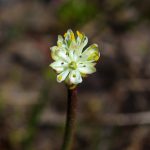
This North American herb uses its glistening, reddish hairs to snare bugs.
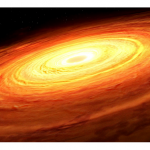
Astronomers think they have a new way to calculate the size of supermassive black holes: by studying the feeding patterns of these invisible giants.

Huge fires have been fueled by the historic drought.
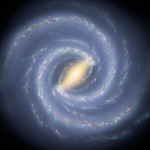
Astronomers have discovered a splinter of stars and gas sticking out of the Milky Way Galaxy that is around 3,000 light-years long.

Two colliding light particles were used to create a matter-antimatter pair

Scientists on the College of New South Wales (UNSW) have devised a brand new placement of management wiring that they hope will scale as much as controlling tens of millions of qubits.

It’s a bizarre smear campaign.
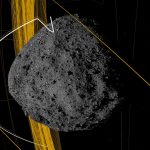
Mark the date: 24 September 2182. That’s the day, according to a study released today, that a half-kilometer-wide asteroid called Bennu—recently visited by NASA’s OSIRIS-REx spacecraft—has the greatest chance of colliding with Earth in the next 300 years. The researchers behind the NASA-sponsored study emphasize that the risk of an impact remains very small—one in 2700, or 0.037%—and that, armed with the wealth of data from OSIRIS-REx’s 2 years orbiting the asteroid, they now know much more about it and the risk it poses.
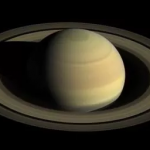
The findings might challenge established models of the formation of gas giants.

“How long can a fish hold its breath?”